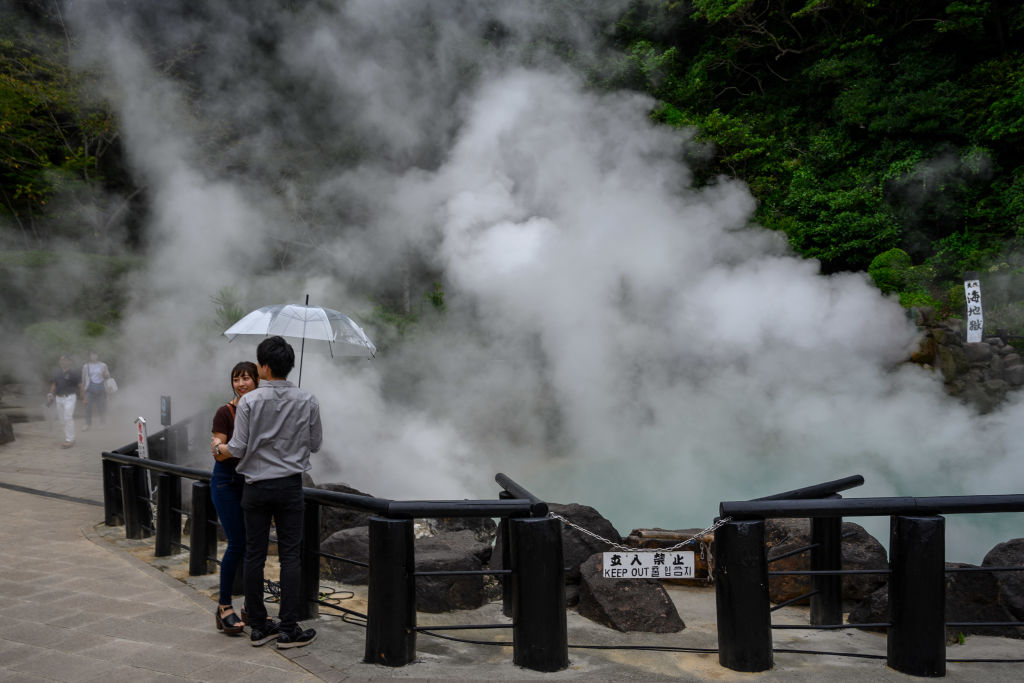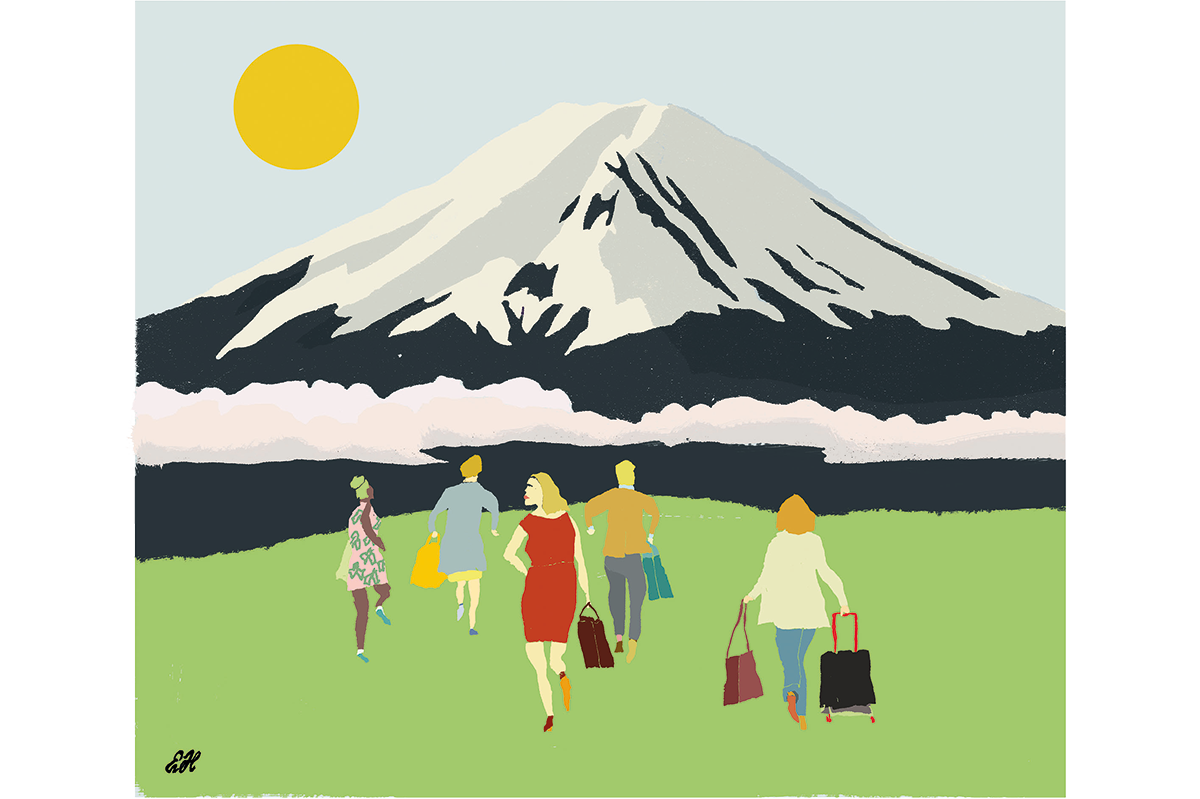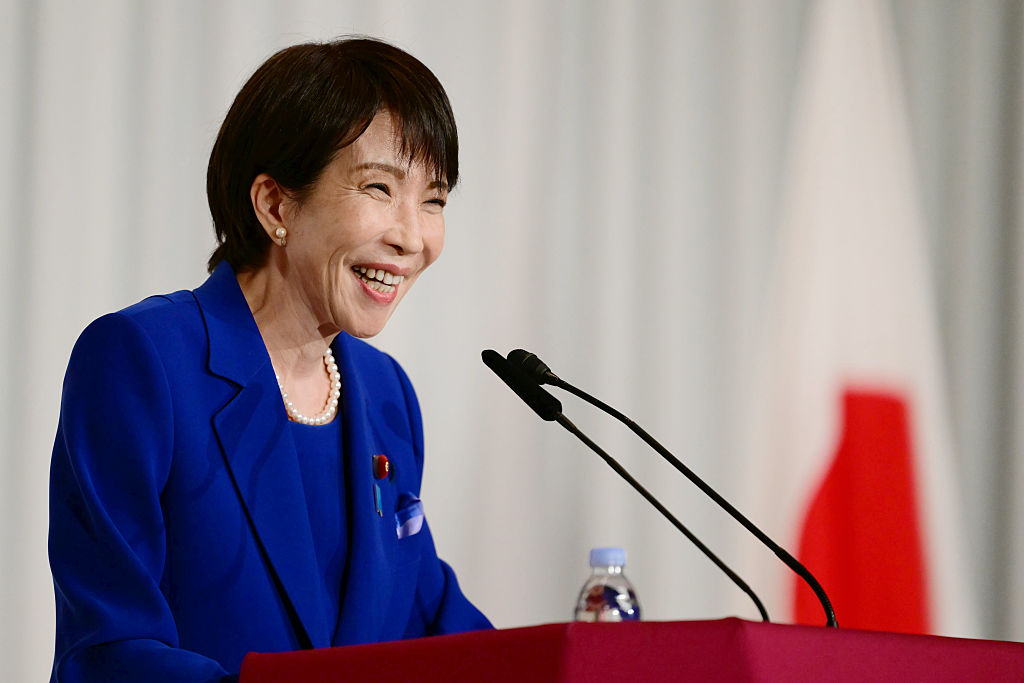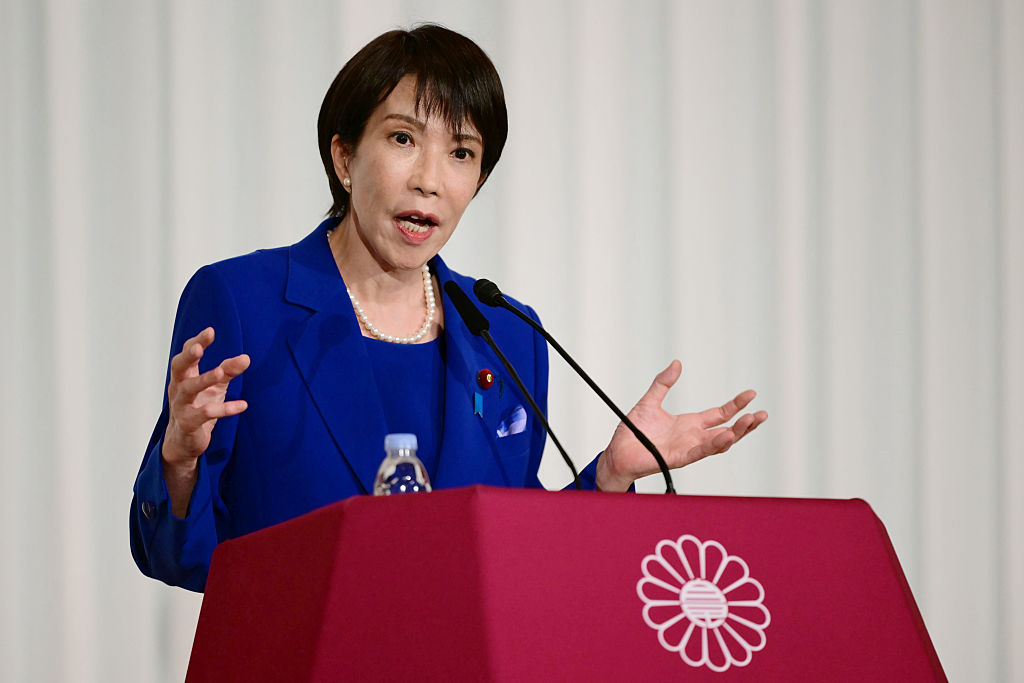Most people know that Japan is a country cursed with considerable seismic activity; frequent, and very occasionally devastating, earthquakes and tsunamis are a fact of life — and death. Less well known is the blessing the country’s position along the Ring of Fire brings — or potentially brings: abundant geothermal energy.
It is estimated that Japan’s geothermal resources, a sort of natural subterranean cauldron, could meet 10 percent of the country’s energy needs. At the moment though, geothermal makes up just 0.3 percent of energy consumed, according to the International Renewable Energy Agency. This makes it a massively, and some would say bizarrely, underexploited resource for a country that relies so heavily on imported fossil fuels (90 percent of the country’s energy supply).
The Japanese won’t hear a word against the sacred onsen and believe it to be an integral part of life
So why not exploit this natural bounty? Well, unlike the situation with fracking, safety concerns (well-founded or hysterical depending on your point of view) are not the issue. Instead, it is a combination of a centuries-old traditional lifestyle and healthcare custom elevated to almost sacramental status and small — and not so small — business interests that has kept a promising source of power largely untapped.
Japan has an estimated 13,000 “onsens” (hot springs resorts and inns) which the natives visit to immerse themselves in thermal waters for extended periods in a quasi-ritualistic fashion. As well as being relaxing, the Japanese fervently believe the magical restorative properties of the minerals in the water cure all ills and lead to something close to everlasting life.
I’m exaggerating slightly but then I’ve never quite understood the obsession with onsens, which seems almost universal here. I don’t particularly enjoy being in a room full of naked strangers in a just too hot for comfort bath with nothing whatsoever to do (talking is discouraged). I usually quit after about ten minutes, though I will admit you do feel, and look, good (for about ten minutes), afterwards.
But it doesn’t matter a jot what I think, and nor does the fact that the evidence for the health benefits of “onsens” is scant at best. No, the Japanese, to a man, woman and even child will never hear a word against the sacred onsen and believe it to be an integral part of Japanese life and a central element for many of their health regimen.
And there lies the problem for those who might seek to develop geothermal energy. To fully exploit Japan’s underground riches would require the erection of large-scale geothermal energy plants in the very areas currently dominated by well-established and much-loved facilities for tourists. The impact on the environment and the economy of small onsen resort towns, which in many cases exist solely to service the bathers and pilgrims, would be significant.
It is partly a matter of scale: Yutaka Seki, executive director of the National Hot Spring Association, told the New York Times that his members weren’t opposed to geothermal energy exploitation on principle, just “unchecked large-scale development.” Last year, the town of Kusatsu, a heavy onsen area, passed an ordinance requiring any geothermal development project to prove it would not negatively affect the local hot springs.
Thanks to this well-organized local opposition only small-scale projects have advanced. As of last year, there were only around twenty geothermal power stations in Japan. The government will doubtless keep trying (October 8 has been designated “Geothermal Day”) but it looks unpromising.
There may be a positive outcome, though, particularly for climate change skeptics. With a geothermal future looking unlikely, and with wind and solar yet to really take off (Japan’s mountainous terrain means it has the lowest share of clean energy among the G7) the government may have to rethink its ambitious net zero commitments and acknowledge the reality that fossil fuels will be a large part of Japan’s energy mix for the foreseeable future.
Another likely consequence is added impetus to the tentative return to nuclear energy, for which the Japanese have traditionally been particularly squeamish. Japan shut down its nuclear program following the 2011 Fukushima disaster amid widespread public skepticism and fear. These sentiments only dissipated recently as it finally dawned that the “disaster” was a result of poor plant placement, rather than with the technology itself (and no one actually died). In December 2022, Japan’s Nuclear Regulation Authority approved the extension of the operation of plants beyond the previously established sixty-year limit. The latest surveys report a majority in favor of restarting nuclear plants — now underway. New reactors are also planned.
The politicians will doubtless continue to witter on about “net zero” and “renewable energy,” and the environment will likely be an issue in the coming battle to be the next prime minister. But the reality on the ground is that the Japanese people and the business sector are proving uncooperative. Just as the country’s powerful car lobby is signaling skepticism about the move to electric vehicles, so the hot spring NIMBYs are closing down the geothermal option.
The result is that the politicians are being pushed into a corner: the nuclear one. Which is where they probably should have opted to be anyway.
This article was originally published on The Spectator’s UK website.


























Leave a Reply